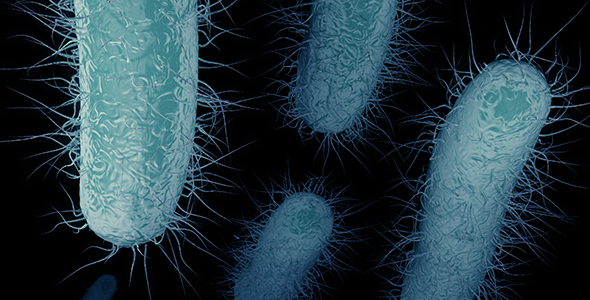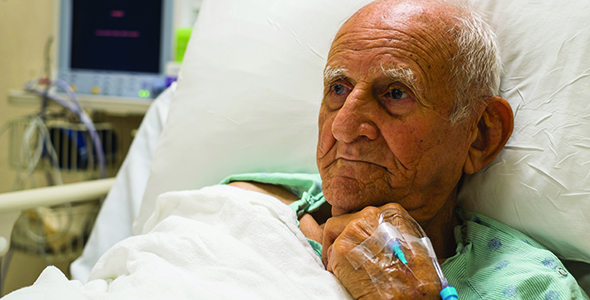By the bioMérieux Connection Editors In late 2013, the U.S. Food and Drug Administration (FDA) granted 510(k) de novo clearance to the first mass spectrometer for identifying disease-causing bacteria and yeast for clinical use in the U.S. market. The technology is called Matrix-Assisted Laser Desorption Ionization-Time of Flight mass spectrometry, or MALDI-TOF MS, and it uses a …
As Public STEM Literacy Declines, So Does the Number of Simple Stories in Science
By the bioMérieux Connection Editors While the public rarely notices remarkable medical innovations, why did the overworked and skeptical U.S. healthcare media give wall-to-wall coverage to a theoretical sepsis cure involving vitamin C in a study with fewer than 100 patients? It took nearly a decade for forensic pathologist Bennet Omalu to finally get the …
Continue reading “As Public STEM Literacy Declines, So Does the Number of Simple Stories in Science”
Continued Success of Small Hospital’s “Bug Squad” a Wake-Up Call for Healthcare Facilities Still Lagging in Antibiotic Stewardship
By the bioMérieux Connection Editors St. Luke’s Magic Valley (SLMV) Medical Center in Twin Falls, Idaho, provides a model case for how a small hospital can dramatically reduce overuse of antimicrobial drugs when the microbiology lab and pharmacy work collectively and continuously with the clinical staff on stewardship. St. Luke’s “Bug Squad” program saved the …
Resistance is not the only Danger of Antibiotic Overuse
By Chris Cook, PharmD, Ph.D. In addition to the development or resistant strains, the overexposure to antibiotics has many other serious adverse effects and toxicities. Clostridium difficile (C. difficile) infection is one of the most obvious. Other complications include skin rash, antibiotic allergies and serious organ toxicities. Recently, vancomycin and piperacillin/tazobactam treatment was found to …
Continue reading “Resistance is not the only Danger of Antibiotic Overuse”
The Value of Diagnostics in Combatting Antimicrobial Resistance – A Public Health Problem
At this year’s World Anti-Microbial Resistance Congress, Dr. Tristan Timbrook delivered a...
Lindsay Denny Discusses the Critical Role of WASH in Preventing Infectious Diseases and Fighting Antimicrobial Resistance
WASH, which stands for water, sanitation, and hygiene, are basic...






